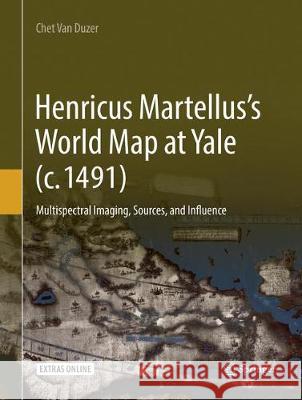Henricus Martellus's World Map at Yale (C. 1491): Multispectral Imaging, Sources, and Influence » książka
topmenu
Henricus Martellus's World Map at Yale (C. 1491): Multispectral Imaging, Sources, and Influence
ISBN-13: 9783030083052 / Angielski / Miękka / 2018 / 208 str.
Henricus Martellus's World Map at Yale (C. 1491): Multispectral Imaging, Sources, and Influence
ISBN-13: 9783030083052 / Angielski / Miękka / 2018 / 208 str.
cena 483,04
(netto: 460,04 VAT: 5%)
Najniższa cena z 30 dni: 462,63
(netto: 460,04 VAT: 5%)
Najniższa cena z 30 dni: 462,63
Termin realizacji zamówienia:
ok. 22 dni roboczych
Bez gwarancji dostawy przed świętami
ok. 22 dni roboczych
Bez gwarancji dostawy przed świętami
Darmowa dostawa!
Kategorie BISAC:
Wydawca:
Springer
Seria wydawnicza:
Język:
Angielski
ISBN-13:
9783030083052
Rok wydania:
2018
Dostępne języki:
Numer serii:
000825584
Ilość stron:
208
Oprawa:
Miękka











